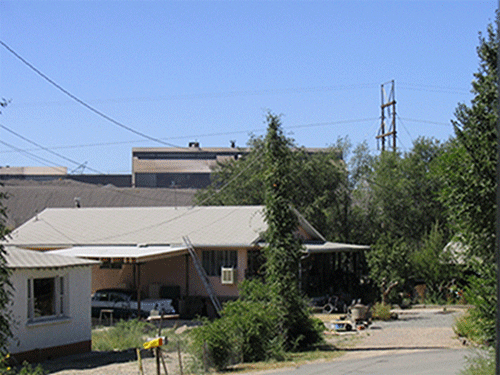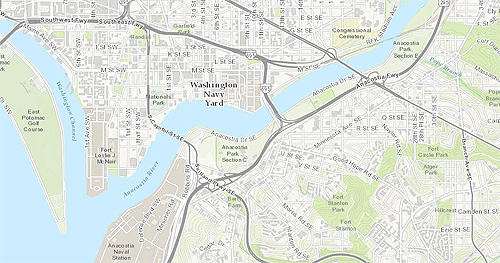EPA Providing Guidance for Drinking Water After Radiological Emergency
By Joel Beavais
What would happen if there was an emergency in the U.S. that caused radioactive material to contaminate drinking water supplies? What steps could your utilities and government take?
This was one of the challenges the government of Tokyo in Japan had to address following the Fukushima nuclear power plant incident in 2011. To assist local governments and utilities here at home to plan for such a situation, EPA has developed guidance for use only during nationally significant radiological emergencies, such as a disaster at a nuclear power plant or use of an improvised nuclear device.
This non-regulatory guidance, called a drinking water Protection Action Guide (PAG), will help decision-makers to ensure public health protection during an emergency. The drinking water PAG identifies doses of radiation that should be avoided during an emergency event. The PAG can be used to determine when the use of contaminated water supplies should be restricted and alternative drinking water should be provided – to keep doses to the public as low as possible during emergency situations only. The drinking water PAG levels were calculated based on a maximum one-year exposure and provide a level of health protection roughly equivalent to EPA’s mandatory drinking water standards for radionuclides, which are based on 70 years of exposure.
It’s important to know that EPA’s new guidance is not for use during normal water system operations and the PAG does not in any way affect or change EPA’s drinking water standards for radionuclides. The PAG does not represent acceptable routine exposures for drinking water. As with all drinking water regulations, water systems exceeding standards, regardless of the reason, are in violation. EPA expects that the responsible party for any drinking water system adversely impacted during a radiation incident will take action to return to compliance with Safe Drinking Water Act maximum contaminant levels as soon as practicable. The guidance also does not impact actions occurring under other statutory authorities such as the EPA’s Superfund program, the Nuclear Regulatory Commission’s decommissioning program, or other federal or state programs.
Thinking about these scenarios is certainly not pleasant and we hope that our PAG never has to be used. But EPA takes these actions to ensure that our country can be better prepared to protect public health if emergencies occur.
For more information, please visit https://www.epa.gov/radiation/protective-action-guides-pags






















